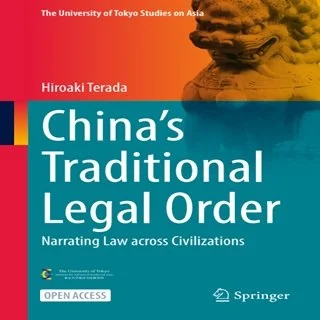Narrating Law across CivilizationsBy Hiroaki Terada
This open access book explores how China had already established political and economic dualisms—political by the Common Era and economic by the 10th century—long before the West developed its dualism of state and society in the 17th and 18th centuries. In traditional China, social relations were shaped through market-like contractual means, with land freely traded and disputes resolved in state courts. Yet, the nature of ownership, contracts, and trials differed profoundly from modern Western practices. This book tackles two key themes. First, it provides a detailed analysis of rights, laws, and trials in Qing China, covering family law, land law, court systems, and statutory law. Second, it reinterprets traditional Chinese legal concepts independently of modern Western frameworks, offering a fresh perspective on legal history. By situating Traditional Chinese Law within the broader context of Traditional Western Law and Modern Law, the book presents a groundbreaking model for comparative legal history. Written by a renowned legal historian, this well-grounded and profound work ingeniously integrates legal historical research with theoretical analysis. Through insightful interpretations utilizing Qing legal documents, it represents a significant contribution to the study of legal history in recent years. This book is of interest to historians, legal scholars, sociologists, and sinologists, offering valuable insights into the unique characteristics of the traditional Chinese legal order.
Singapore: Springer Nature, 2025. 360p.









